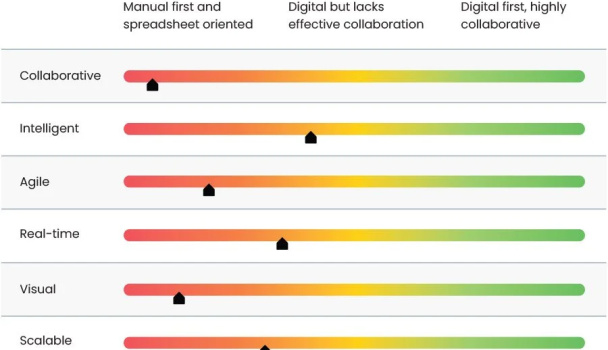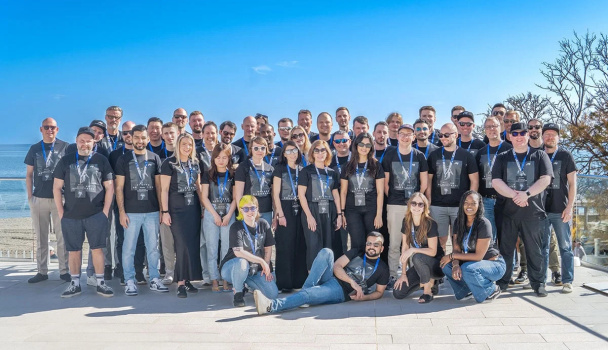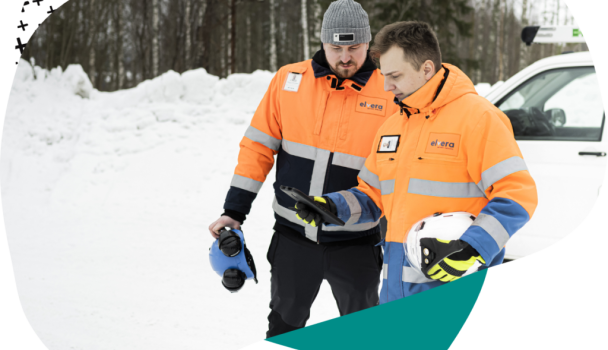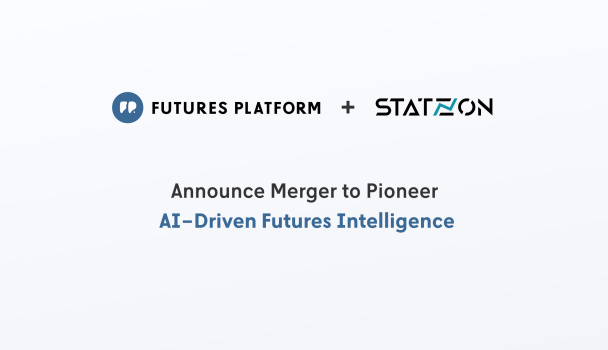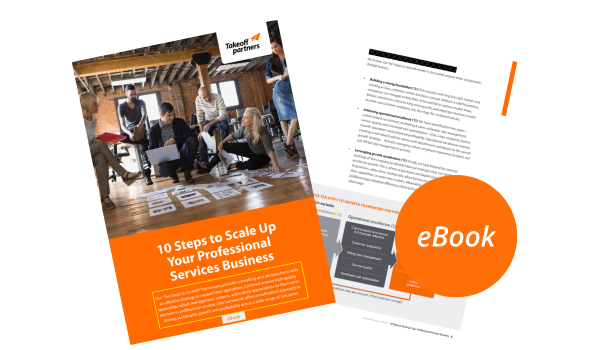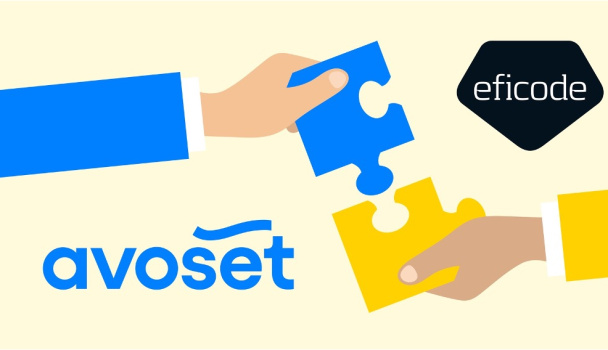Mythbusting: Getting sales meetings in North America - How hard can it be?
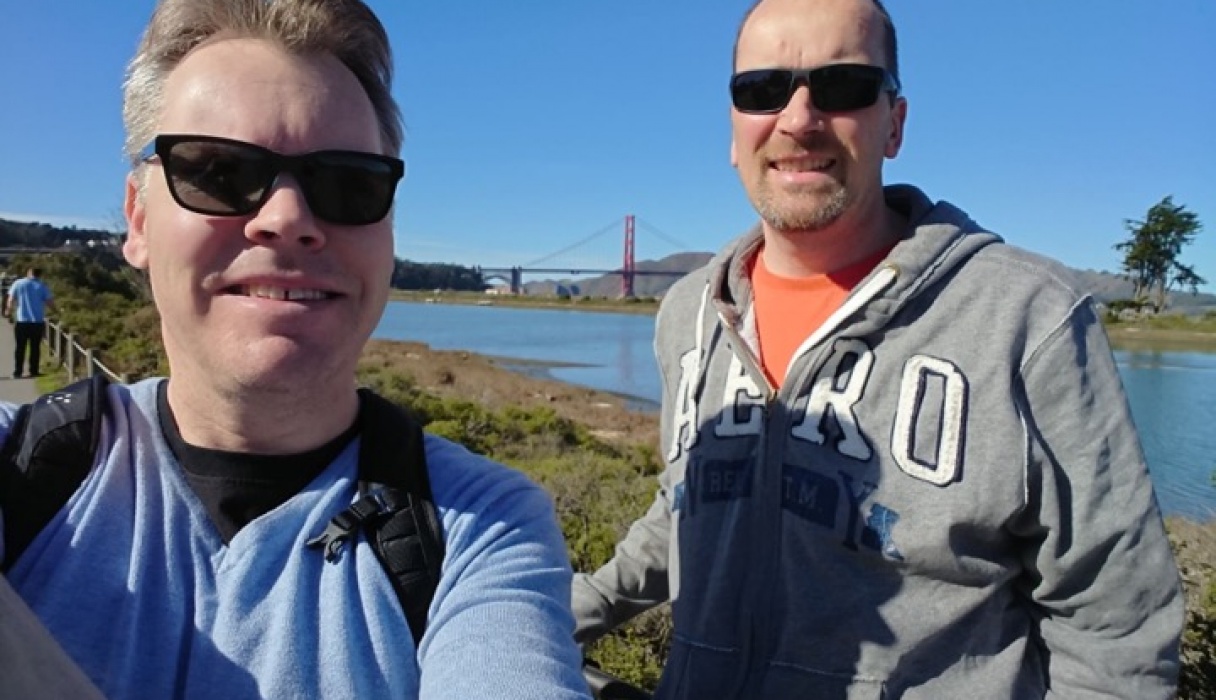
Entering the North American market is challenging for Finnish companies, goes the saying. With our portfolio company Futures Platform, we adopted a mythbuster mindset and tested the impact of senior advisors’ personal networks in approaching interest groups in the US.
Validation: Does the product fit the market?
Futures Platform is a tool that helps organizations structure their foresight work and bring people together around future-related topics. With the rapid evolution of all things digital, the momentum is there for organizations to become interested in Future Platform’s software tool. And we know how huge the North American market is. So many potential customers!
Yet this is an assumption, even if a strong one. In our experience, the best way to validate a market and to learn more about the local customers’ unmet needs is to reach out to as many knowledgeable people as possible, arrange meetings on the ground – and go see those people. Even though a lot of things can be handled remotely these days, nothing beats the value of proper face-to-face meetings with potential clients.
Leveraging advisor’s networks
But how to approach them? We’ve all heard how tough it can be for a random foreigner to get past the gatekeepers to American decision-makers.
From a startup’s perspective, here’s where the value of senior advisors’ existing networks comes to play. Markko Vaarnas, the Chairman of the Board of Futures Platform, brought to table the contact base of market entry experts, consultants, and Finnish ‘nodal points’ on the ground in the US that he had already created during his own active startup years.
Markko sat down with the Futures Platform team and combed through every single contact of the slightest relevance he had on the ground in New York and the Silicon Valley. This became a list of 50 names and email addresses.
The level of the contacts varied a lot; some of them were friends, while at the other end of the range there were LinkedIn contacts made based on professional ‘face value’ only. Indeed LinkedIn proved its worth in this exercise; regardless of the ‘warmth’ of the contact, LinkedIn made it technically easy to reach out to people.
Email? Yes, email.
We then spent some time on formulating a message that briefly and clearly communicated the benefits of Futures Platform, along with mentioning relevant reference cases. The message also included a clear “request for help”, i.e. what we actually were asking for from the person.
We decided to shoot off highly personalized emails (and LinkedIn’s InMails). With the multitude of communication channels these days, one often hears that the tradition of exchanging emails is dead. Our experiment proves otherwise.
Admittedly, Markko had quite a strong network and resume to back up the effort of approaching people in the US. Yet it was still surprising how many immediate responses we received to the very first messages we sent out.
Doubling the contact base
In our message, we had also stressed that we would appreciate it if the receiver could point us to any other potentially interested contacts that we could talk to.
To our great delight, we received 48 new local contacts through the direct ones. Hence, we essentially doubled our contact base with one series of email. Plus, since we know how strongly people generally respond to referenced contacts, we were happy to receive another 28 responses – again to plain emails.
In the end, we got to organize 32 meetings on the ground in New York and the San Francisco Bay Area over 7 business days in February 2018. In addition, several email discussions were initiated that will likely turn into face to face meetings at a later stage.
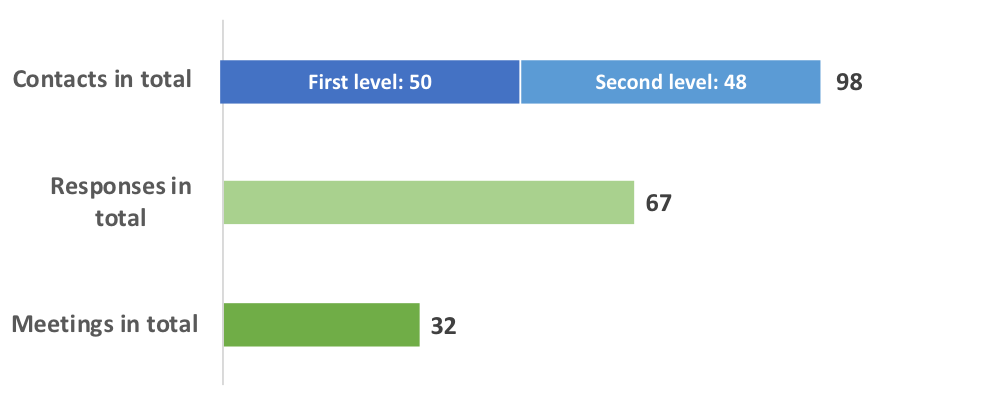
32 meetings in the US during 7 days. Cost? Own time, plane tickets and hotel
The bottom line is, we consider the myth of
‘getting sales meetings in the US is hard’ busted.
It’s safe to say that our mythbusting exercise involved no magic formulas whatsoever, other than careful message building and in this case leveraging the accumulated contact base and professional track record.
The lessons
- Startup, get networked advisors on board, then make use of their networks. This case story is a good example of how it brings value.
- Remember, this kind of market validation project is a one-off effort and works best at a stage when the company wants to test its international product-market fit and get the first direct sales meetings abroad. Once the advisors’ personal contact base has been exhausted, it’s time for the startup to take charge and switch to other means of getting sales meetings.
- The reports of the death of email are greatly exaggerated. It’s important, though, to put effort into formulating the message(s) and be persistent in following up with unanswered messages.
- Don’t hesitate to ask for help and introductions to further contacts. People are generally happy to help if they can. Especially when you are known as somebody who would do the same for them!

